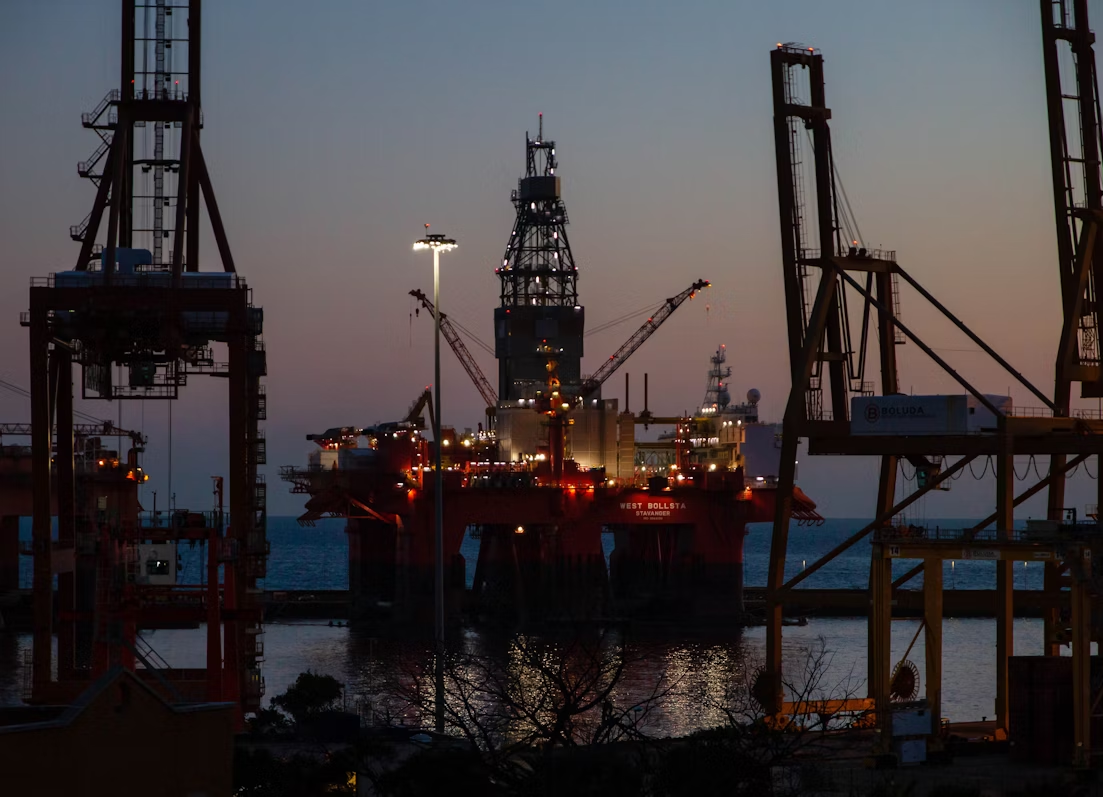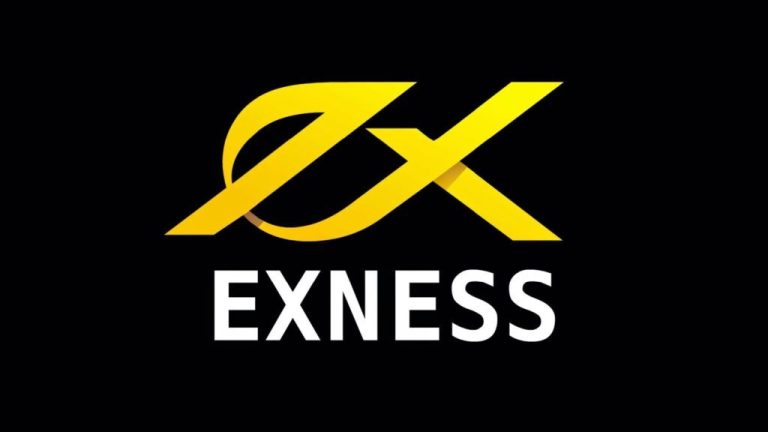
LONDON (Reuters) – Oil prices ticked higher on Friday but were still on course for their steepest weekly decline since March 2023. The rapid easing of geopolitical tensions between Iran and Israel eliminated the conflict-driven risk premium, returning the market’s focus to fundamentals.
Brent crude futures rose 50 cents (0.7%) to $68.23 a barrel by 10:36 GMT, while U.S. West Texas Intermediate (WTI) crude climbed 49 cents (0.8%) to $65.73 per barrel.
Oil markets had briefly spiked during the 12-day conflict that began on June 13, when Israel struck Iranian nuclear facilities. Brent surged past $80 per barrel but swiftly fell to $67 after U.S. President Donald Trump announced a ceasefire agreement.
Both benchmarks are now headed for a 12% weekly decline—their biggest drop in over two years.
“The market has almost entirely shrugged off the geopolitical risk premiums from almost a week ago as we return to a fundamentals-driven market,”
— Janiv Shah, Rystad Energy
Focus Shifts to OPEC+ and Summer Demand
Attention now turns to the upcoming OPEC+ meeting on July 6, where members will decide on August production levels. According to analysts, the group may opt for one more month of accelerated supply unwinding, depending on summer demand indicators.
“The key question is how strong the summer demand indicators are showing up to be,” Shah added.
Inventory Draws Lend Some Support
Despite the broader selloff, oil prices found limited support from recent inventory data.
- U.S. Energy Information Administration (EIA) data released Wednesday showed declines in crude and fuel inventories, amid rising refining activity and improving demand.
- On Thursday, reports revealed that gasoil stocks at the Amsterdam-Rotterdam-Antwerp (ARA) hub fell to their lowest in over a year.
- In Singapore, middle distillate inventories also declined, driven by increased net exports.
China’s Iranian Oil Imports Hit Record High
Meanwhile, analysts reported a sharp increase in Chinese imports of Iranian oil in June. As the conflict ramped up, shipments surged, and demand from China’s independent refineries grew.
According to ship-tracking firm Vortexa, China imported more than 1.8 million barrels per day (bpd) of Iranian crude from June 1 to 20—the highest level ever recorded by the firm.
China remains the world’s largest oil importer and the top buyer of Iranian crude.






İstinye su kaçağı tespiti Dairemizdeki su sızıntısını özel kameralarla buldular. Duvarları kırmadan sorunu çözdüler. Ayfer B. https://younetwork.app/read-blog/26965
Telsiz Elektrikçi Fatma S. – “Mutfak renovasyonu sırasında tüm elektrik işlerini yaptı. Hem hızlı hem de kaliteli iş çıkardı.” https://www.denizticaretgazetesi.org/firma-rehberi/usta-elektrikci-14